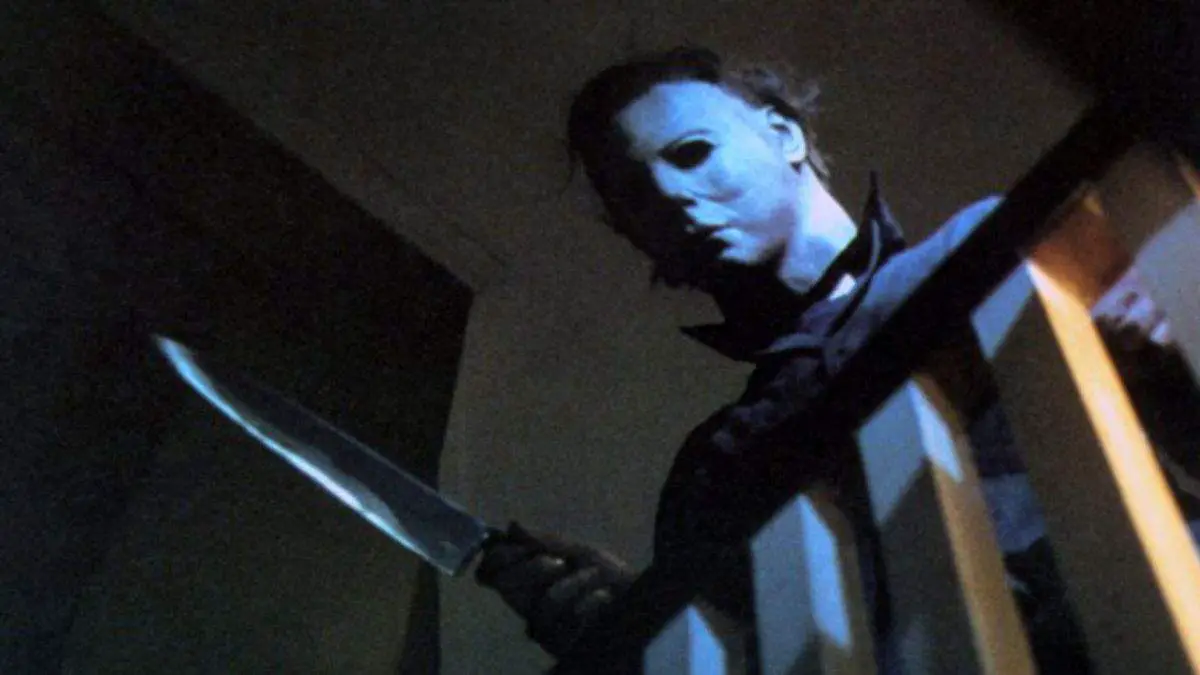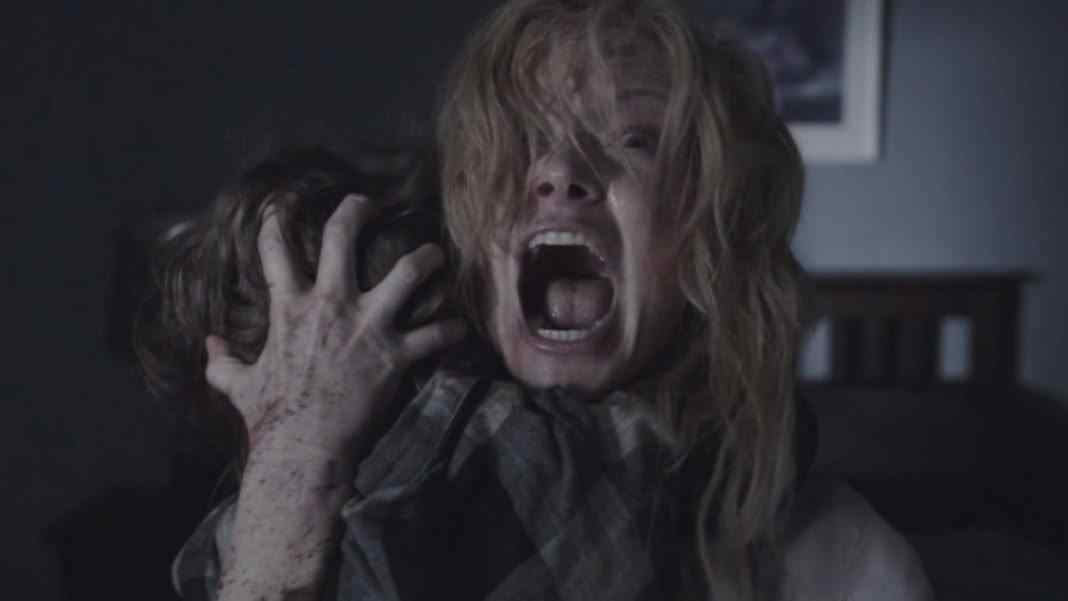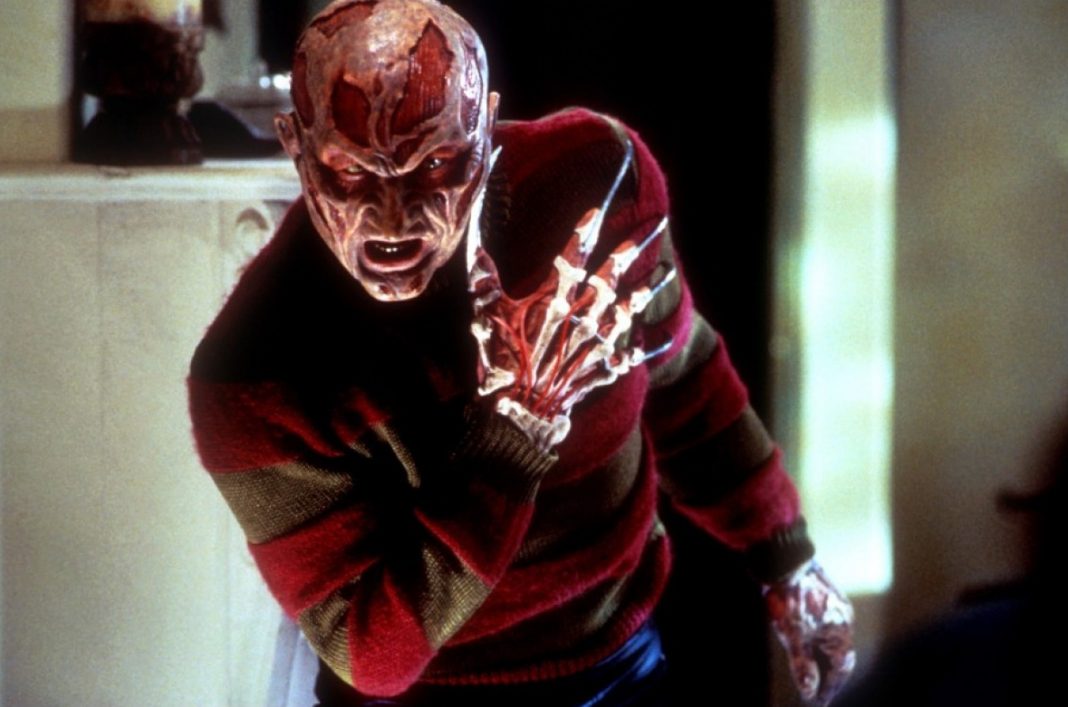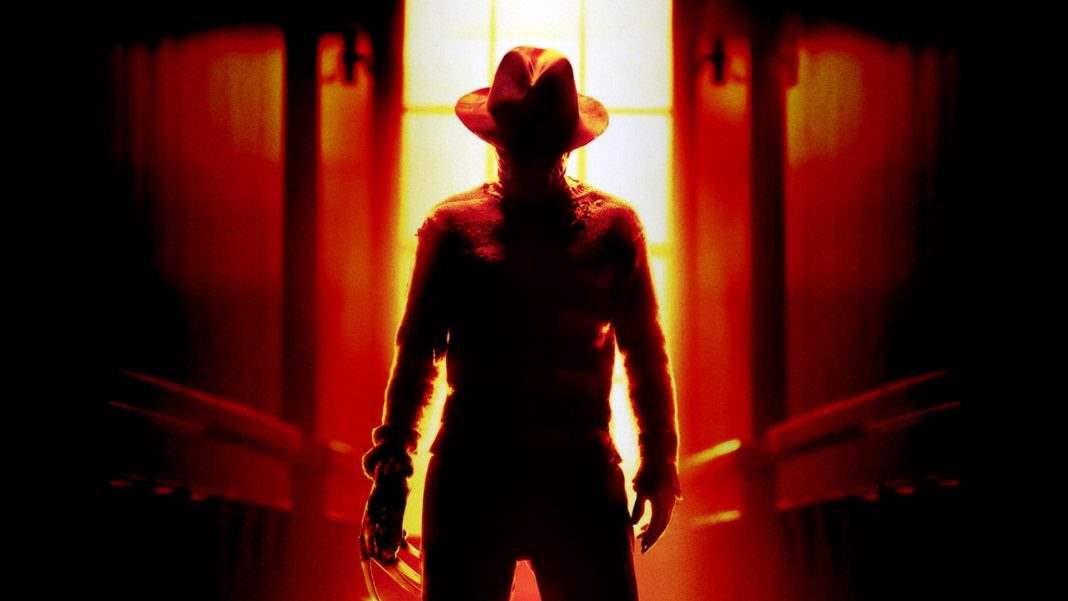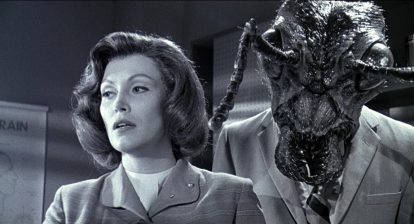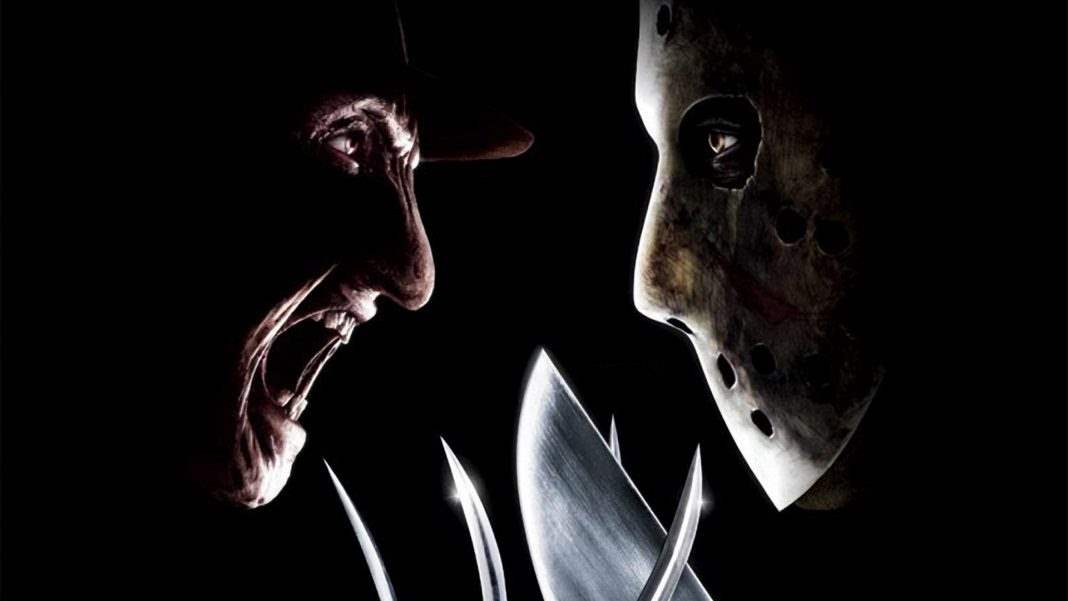What’s the scariest thing about Halloween? What about A Nightmare on Elm Street? The most obvious answer to that would of course be Michael Myers and Freddy Krueger. To a degree, that’s right. But when I think about Halloween and what makes it so effective, it’s not just the faceless boogeyman or even the music that make it work so well. It’s Haddonfield. Or, in the case of Nightmare, it’s Springwood and its quaint little Elm Street. Setting is essential to any movie, especially horror. If you don’t know where you are, you get lost. And even though Halloween and Nightmare have particular settings (Illinois and Ohio, specifically) they’re meant to feel as though they could be set anywhere. Many horror features that followed in their wake tried to emulate this, with varying degrees of success.
This type of suburban horror has always appealed to me. Growing up, my town didn’t look exactly like Haddonfield or Springwood, but there were enough common details there to make it work. Even though I was surrounded by a lot more woods than the characters in those slasher movies, the settings resonated with me. Because if Michael Myers could be looming in Laurie Strode’s backyard, just a house like any other house on my street, then he could be lurking in my backyard. It was something I thought about a lot as a kid, something that simultaneously excited and scared the hell out of me.
I don’t think Halloween gets enough credit for the brilliance of its setting. In a movie that thrives on simplicity, this is truly one of the most simplistic things about it. Psycho is known as the movie that brought horror out of gothic castles and into contemporary America, but Psycho is so region specific, whereas Halloween really isn’t. It’s a picture perfect cliché Americana in the best way possible. Sure, it doesn’t actually look like everywhere in the U.S., but just about everywhere has some sort of suburbia, even where I grew up in Maine. It was just enough to really resonate with me and it was the same with A Nightmare on Elm Street, even with all the palm trees that popped up in the background of both—although Nightmare really didn’t try to hide them all that much.Halloween was already appealing to the widest possible audience on its premise. Everywhere in the country celebrates Halloween to some degree, but more than that, everyone can relate to babysitters whether they were the sitter or the babysat as a child. Applying that to a location that could be any small town in the country is a terrific idea and a large part of what made the movie work, as well-executed as it was.
Suburban horror is about more than a sense of place, it’s about place in general. It’s about where you as the viewer fit yourself into the events of the film. Haddonfield is its own town with its own history, but when it’s just you watching the movie on its own, it feels like your own backyard. The 1970’s was all about contemporizing horror, creating graphic, violently realistic horrors that felt as though they could happen to anyone, but it was Halloween that really took that idea and made it work on a level that could resonate with almost anyone.
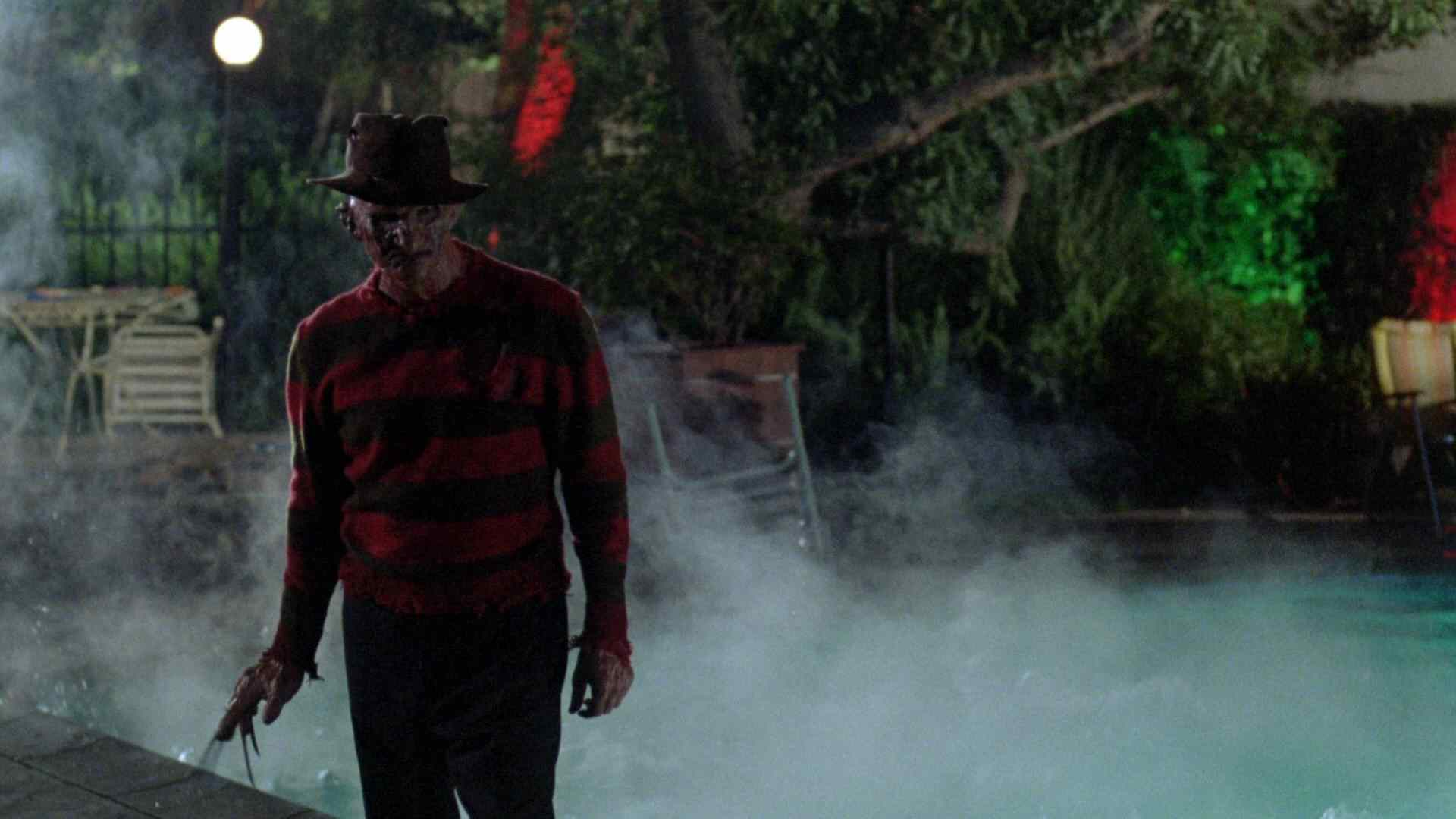 I’ve always had a fascination with small town horror, no doubt because I grew up in a small town. It started with the more rural works of Stephen King, then I sort of graduated on to Halloween and A Nightmare on Elm Street. With Nightmare, things are almost more universal even though it’s an outwardly supernatural piece. First, it feels like it could be set—more or less—in nearly any small town in the country, but then you add onto that the very fact that it’s a killer who comes after you in your sleep. Everyone needs to sleep. The concept is so genius, it still baffles me to think how many people rejected it before it eventually got made.
I’ve always had a fascination with small town horror, no doubt because I grew up in a small town. It started with the more rural works of Stephen King, then I sort of graduated on to Halloween and A Nightmare on Elm Street. With Nightmare, things are almost more universal even though it’s an outwardly supernatural piece. First, it feels like it could be set—more or less—in nearly any small town in the country, but then you add onto that the very fact that it’s a killer who comes after you in your sleep. Everyone needs to sleep. The concept is so genius, it still baffles me to think how many people rejected it before it eventually got made.
The mid-late 1980’s saw more and more of these suburban, smalltown horrors, in part because of the ‘80’s throwbacks to alien invasion flicks of the 1950’s. There was something almost Spielbergian about a lot of these features. They would start off quaint, charming and even funny and would let the horror build gradually. Night of the Creeps, Night of the Comet and Chuck Russell’s The Blob easily fall into this category. Sure, Comet may have been post-apocalyptic and Creeps may have been more specifically set in a college town, but all of the rules of small town, suburban horror still applied.
Horror doesn’t seem to be as focused on suburbia or even small towns in general now, and I think part of that is cost. Believe it or not, small towns are incredibly expensive to film in. It cost $350,000 to shoot Halloween in South Pasadena in 1978 and to do the same now would be an infinitely larger number. More than that, though, the cultural appeal for horror of this type is pretty much gone. Maybe, when found footage and horror mockumentaries have run their course, people will come around again to wonder about the horrors that could be lurking right next door. We can only wait and see.

